Ansel Adams (1902-1984)Moonrise, Hernandez, New Mexico, 1941
Gelatin silver print, printed between 1963-1968; mounted to Hi-Art Illustration Board, signed in ink on the mount, the photographer's Carmel studio stamps (BMFA 7 and 8), with title in ink, on the reverse, framed.
15 5/8 x 19 5/8 in. (39.7 x 49.9 cm.)
FootnotesProvenance
The photographer to Caroline W. and James Walter Baker, circa 1968
Thence by descent to the present owner
Note
"I felt at the time that it was an exceptional image; there seems to be an almost prophetic sense of satisfaction when the shutter is released for certain exposures."
-Ansel Adams The Making of 40 Photographs
Having spent a discouraging afternoon attempting to coax a winning exposure from a cottonwood stump in the Chama Valley in 1941, Ansel Adams had accepted defeat and was returning to Santa Fe along US-84. As he drove through the town of Hernandez, New Mexico, he happened to glance out the left window of his car. The dramatic moonrise framed against the Sangre de Cristo Mountains gave him pause; he stopped the car and rushed to set up his camera. As he hastened to catch the final rays of sunlight that illuminated the white crosses in the small graveyard before him, Adams exposed a single negative that captured a waxing moon emerging above the cloudy mountain range. More than 80 years after its creation, Moonrise, Hernandez, N.M. has become the photographer's most iconic and well-recognized image. Not only has it been endlessly reproduced, but Adams himself repeatedly referred to Moonrise as his "most popular single image".
A confluence of happy accidents ultimately produced this dynamic composition. Because Adams was unable to locate his Weston exposure meter, he resorted to off-the-cuff analog calculations in order to estimate the appropriate exposure amount. In the time he spent making these calculations, the sun had dipped below the horizon just as Adams reversed the film holder; there would only ever be one negative. As Adams' stylistic preferences evolved over time, he reprocessed the original negative and refined his printing process. The resultant image took on an entirely new aesthetic; the soft, blended sfumato of his earliest prints of Moonrise evolved into a dense, dramatic chiaroscuro. The present print represents a point at which Adams felt entirely confident in the image's presentation.
Almost two years after its inception, Moonrise was published for the first time when Edward Steichen selected the image for inclusion in the 1943 issue of U.S. Camera Annual. It was featured in a double-page spread that included Adams' firsthand account of how the shot came to be. As time passed, Moonrise was published time and again, gracing the pages of hundreds of publications and garnering international acclaim. Firmly planted in the canon of 20th-century photography as one of its most defining works, the image –and indeed the retelling of its creation – had become the stuff of legend.
In the 1960s, advertising executive James Baker was visiting the Museum of Modern Art in New York and happened upon a print of Adams' Moonrise on display in the galleries. After encountering the work, Baker, who had a strong affinity for the Southwestern American landscape, remarked to his wife Caroline that the image had a profound effect on him. Caroline Baker subsequently wrote to Ansel Adams requesting to purchase a print of Moonrise, which she presented to her husband as a Father's Day surprise. James Walter Baker (1926-2017), a World War II veteran who had cut his teeth as an advertising executive in the Bay Area, had recently relocated to New York with his family, where he would work for several publications based in Manhattan. Baker proudly displayed Moonrise in his office, before deciding to hang the work in his Wilton, Connecticut home so that his family could enjoy it, too. This striking print has remained a treasured cornerstone of the Baker family's collection for over 50 years.
Prints of Moonrise, Hernandez, N.M. are in nearly every major photography collection, including those of the Museum of Modern Art, The Metropolitan Museum of Art, The J. Paul Getty Museum, The Art Institute of Chicago, The San Francisco Museum of Modern Art, and the Museum of Fine Arts in Boston. Easily Adams' most popular image, Moonrise holds four of the top ten prices ever achieved for Adams works at auction. The vast majority of Moonrise prints that appear in the market were printed in the 1970s. Adams collectors typically prize earlier prints of an image, all other factors remaining equal. The 1960s print date of this example of Moonrise makes it a very special, rare print of Adam's most beloved image.
Ansel Adams (1902-1984)Moonrise, Hernandez, New Mexico, 1941
Gelatin silver print, printed between 1963-1968; mounted to Hi-Art Illustration Board, signed in ink on the mount, the photographer's Carmel studio stamps (BMFA 7 and 8), with title in ink, on the reverse, framed.
15 5/8 x 19 5/8 in. (39.7 x 49.9 cm.)
FootnotesProvenance
The photographer to Caroline W. and James Walter Baker, circa 1968
Thence by descent to the present owner
Note
"I felt at the time that it was an exceptional image; there seems to be an almost prophetic sense of satisfaction when the shutter is released for certain exposures."
-Ansel Adams The Making of 40 Photographs
Having spent a discouraging afternoon attempting to coax a winning exposure from a cottonwood stump in the Chama Valley in 1941, Ansel Adams had accepted defeat and was returning to Santa Fe along US-84. As he drove through the town of Hernandez, New Mexico, he happened to glance out the left window of his car. The dramatic moonrise framed against the Sangre de Cristo Mountains gave him pause; he stopped the car and rushed to set up his camera. As he hastened to catch the final rays of sunlight that illuminated the white crosses in the small graveyard before him, Adams exposed a single negative that captured a waxing moon emerging above the cloudy mountain range. More than 80 years after its creation, Moonrise, Hernandez, N.M. has become the photographer's most iconic and well-recognized image. Not only has it been endlessly reproduced, but Adams himself repeatedly referred to Moonrise as his "most popular single image".
A confluence of happy accidents ultimately produced this dynamic composition. Because Adams was unable to locate his Weston exposure meter, he resorted to off-the-cuff analog calculations in order to estimate the appropriate exposure amount. In the time he spent making these calculations, the sun had dipped below the horizon just as Adams reversed the film holder; there would only ever be one negative. As Adams' stylistic preferences evolved over time, he reprocessed the original negative and refined his printing process. The resultant image took on an entirely new aesthetic; the soft, blended sfumato of his earliest prints of Moonrise evolved into a dense, dramatic chiaroscuro. The present print represents a point at which Adams felt entirely confident in the image's presentation.
Almost two years after its inception, Moonrise was published for the first time when Edward Steichen selected the image for inclusion in the 1943 issue of U.S. Camera Annual. It was featured in a double-page spread that included Adams' firsthand account of how the shot came to be. As time passed, Moonrise was published time and again, gracing the pages of hundreds of publications and garnering international acclaim. Firmly planted in the canon of 20th-century photography as one of its most defining works, the image –and indeed the retelling of its creation – had become the stuff of legend.
In the 1960s, advertising executive James Baker was visiting the Museum of Modern Art in New York and happened upon a print of Adams' Moonrise on display in the galleries. After encountering the work, Baker, who had a strong affinity for the Southwestern American landscape, remarked to his wife Caroline that the image had a profound effect on him. Caroline Baker subsequently wrote to Ansel Adams requesting to purchase a print of Moonrise, which she presented to her husband as a Father's Day surprise. James Walter Baker (1926-2017), a World War II veteran who had cut his teeth as an advertising executive in the Bay Area, had recently relocated to New York with his family, where he would work for several publications based in Manhattan. Baker proudly displayed Moonrise in his office, before deciding to hang the work in his Wilton, Connecticut home so that his family could enjoy it, too. This striking print has remained a treasured cornerstone of the Baker family's collection for over 50 years.
Prints of Moonrise, Hernandez, N.M. are in nearly every major photography collection, including those of the Museum of Modern Art, The Metropolitan Museum of Art, The J. Paul Getty Museum, The Art Institute of Chicago, The San Francisco Museum of Modern Art, and the Museum of Fine Arts in Boston. Easily Adams' most popular image, Moonrise holds four of the top ten prices ever achieved for Adams works at auction. The vast majority of Moonrise prints that appear in the market were printed in the 1970s. Adams collectors typically prize earlier prints of an image, all other factors remaining equal. The 1960s print date of this example of Moonrise makes it a very special, rare print of Adam's most beloved image.

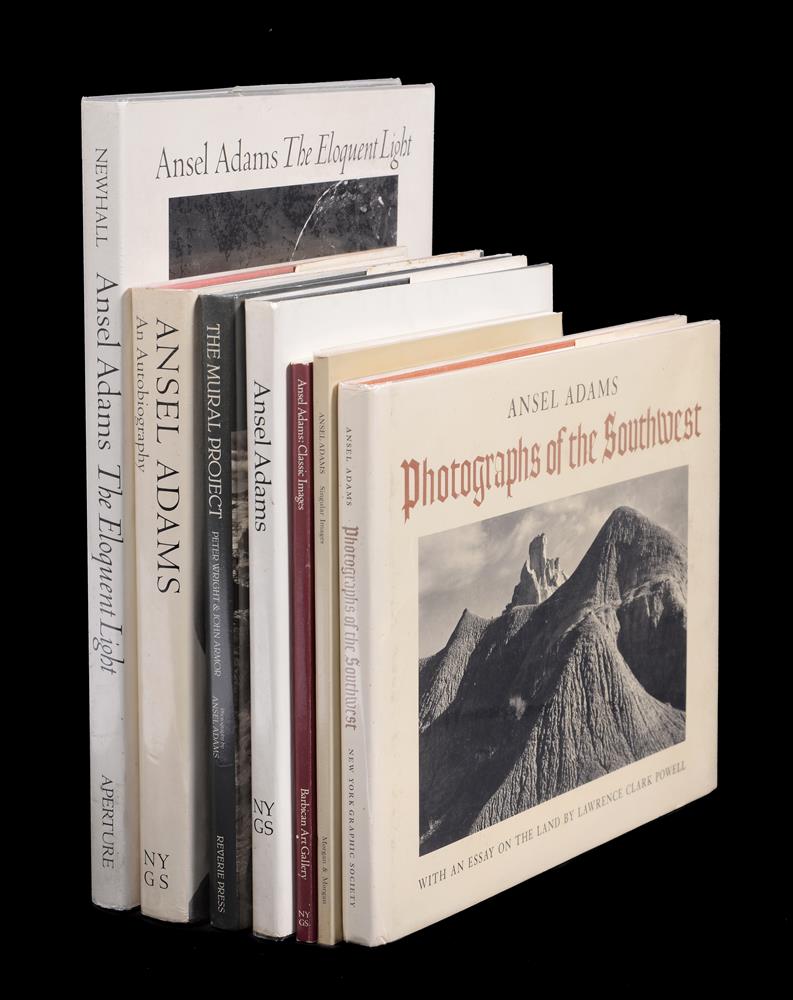
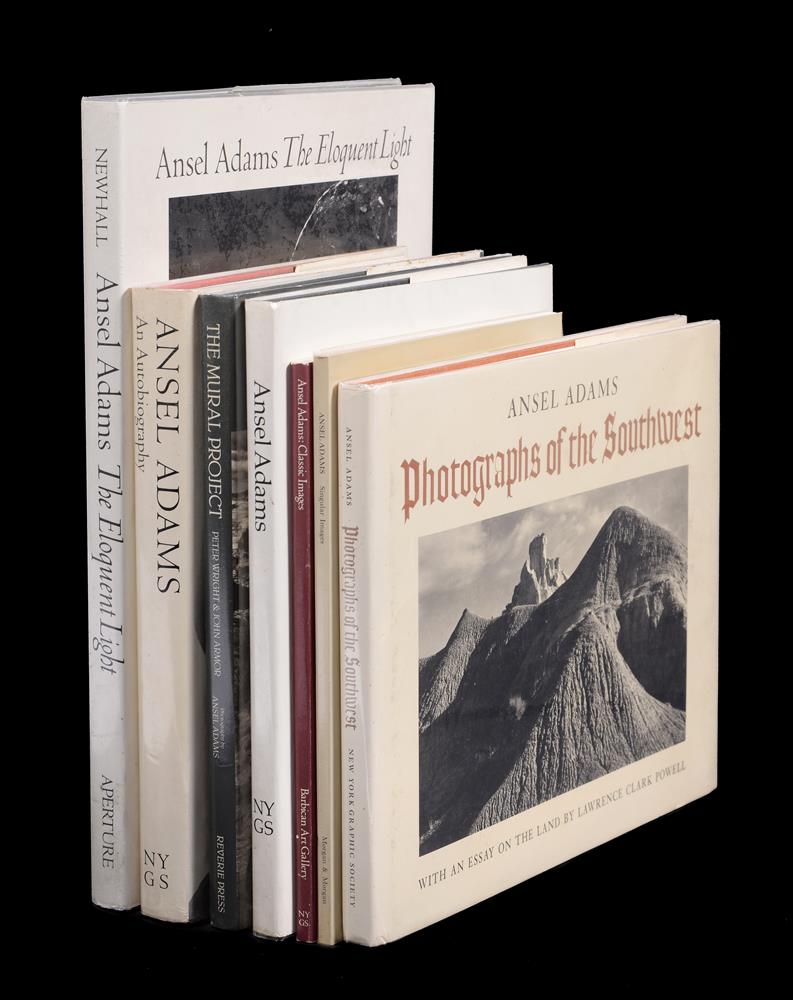

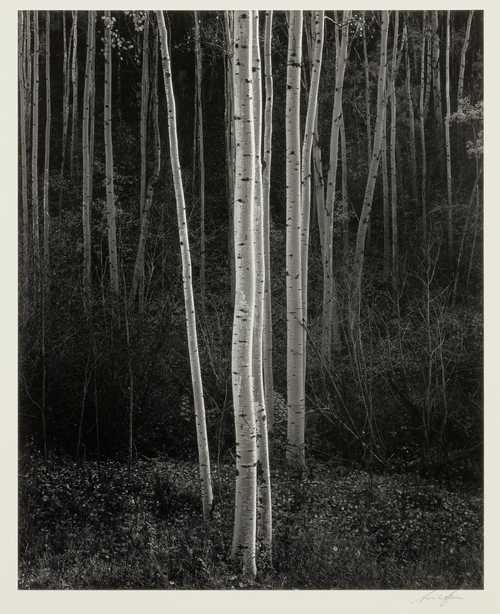
.jpg)
.jpg)
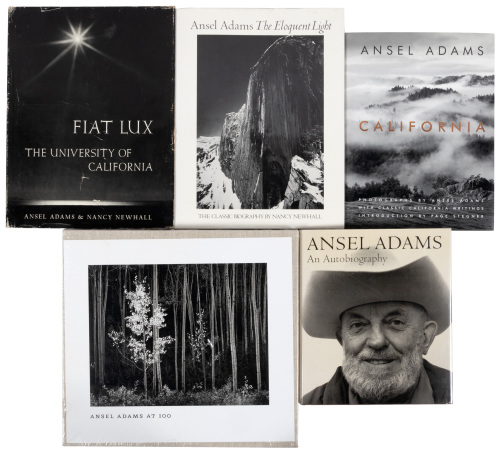
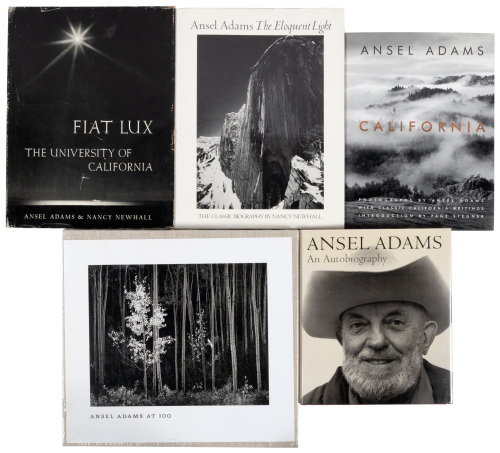
.jpg)



.jpg)
.jpg)
Testen Sie LotSearch und seine Premium-Features 7 Tage - ohne Kosten!
Lassen Sie sich automatisch über neue Objekte in kommenden Auktionen benachrichtigen.
Suchauftrag anlegen